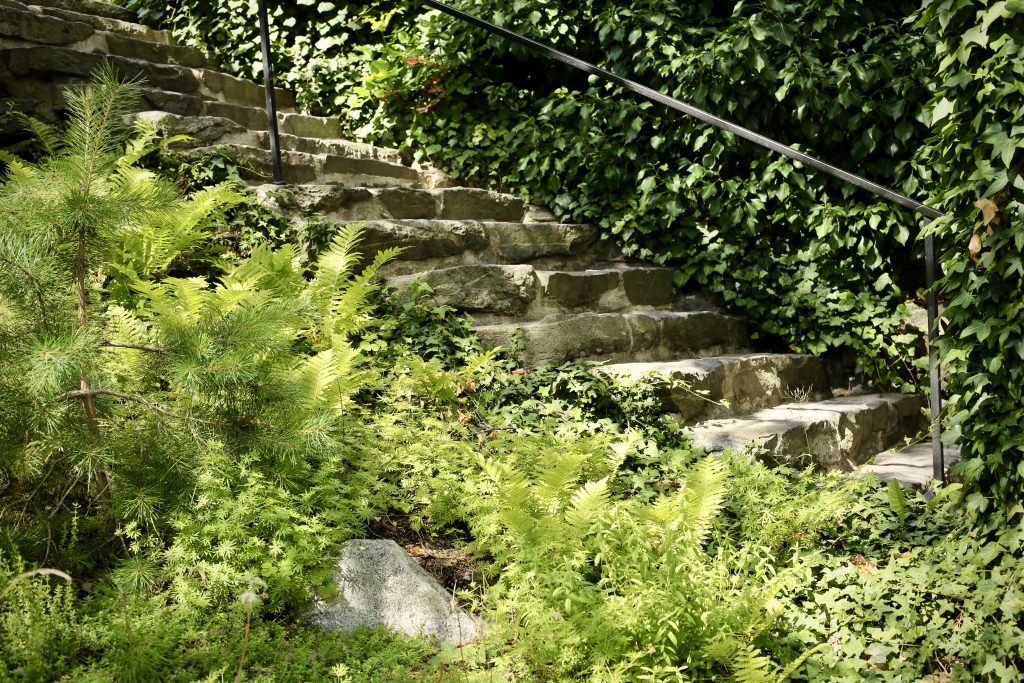
One of the joys in otherwise a pretty bleak summer (hey, COVID-19!) has been the re-opening of Millesgården. Not only for me but apparently for a large number of other people. I’ve been there several times since the re-opening at the end of April, and there were many people every time. Mostly Swedish tourists, though, usually there are busloads of foreign tourists. In any case, it’s good to see Millesgården open again, and so many people enjoying it.
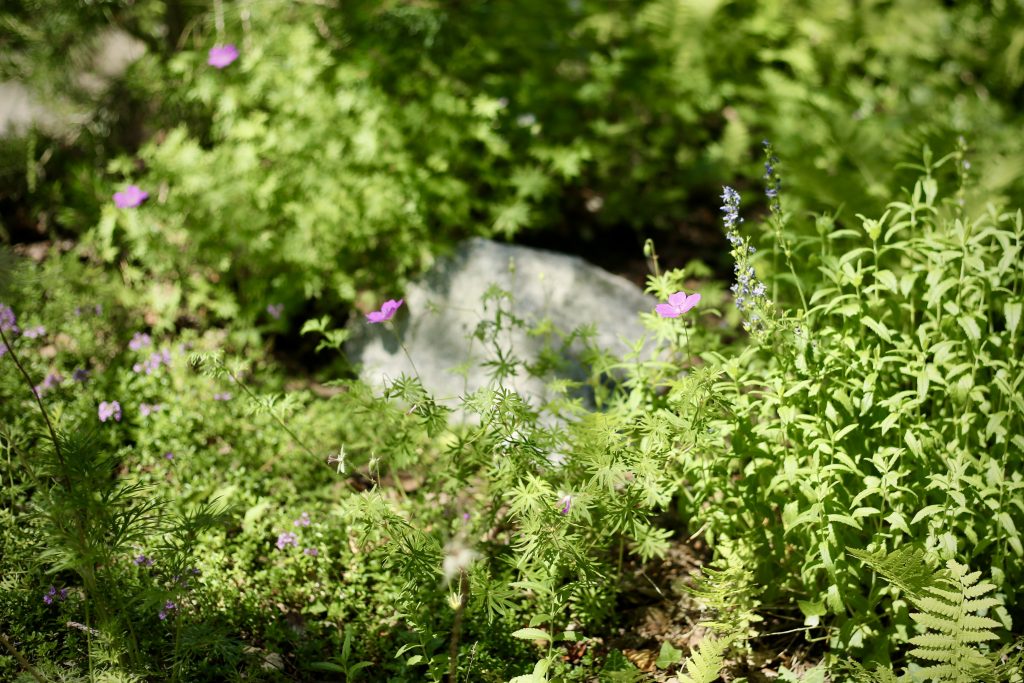

The Venus Fountain (1917) showing the godess’ birth from the sea.

The Middle Terrace with its’ row of lemon trees.
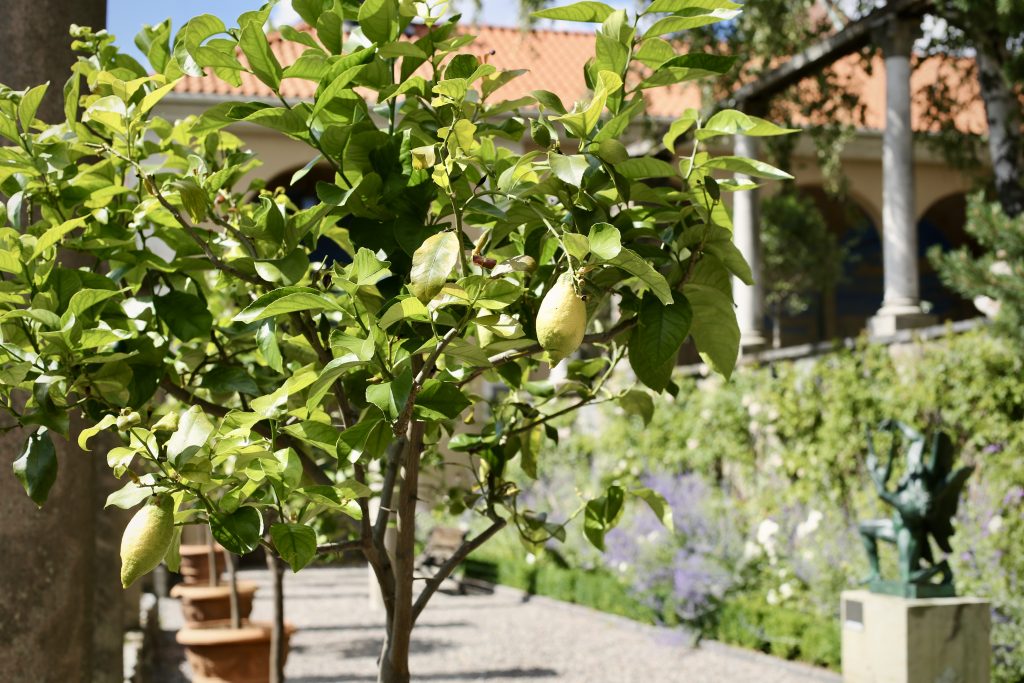
Middle Terrace – on the right hand you can see The Genius (1940).
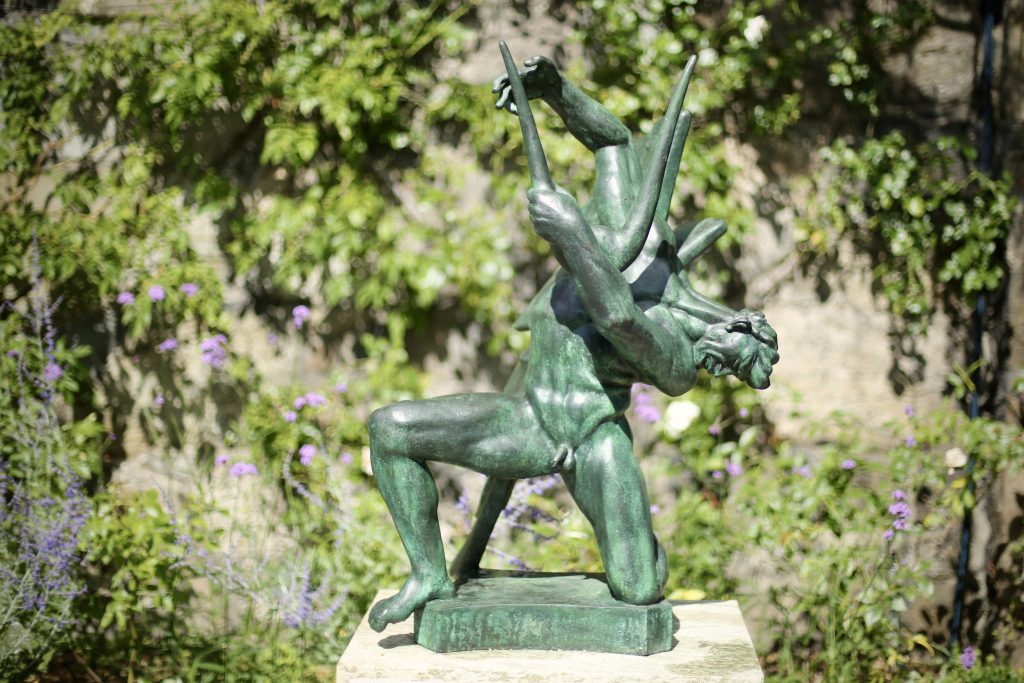
The statue is a replica of a grave monument to the Swedish actor Gösta Ekman.
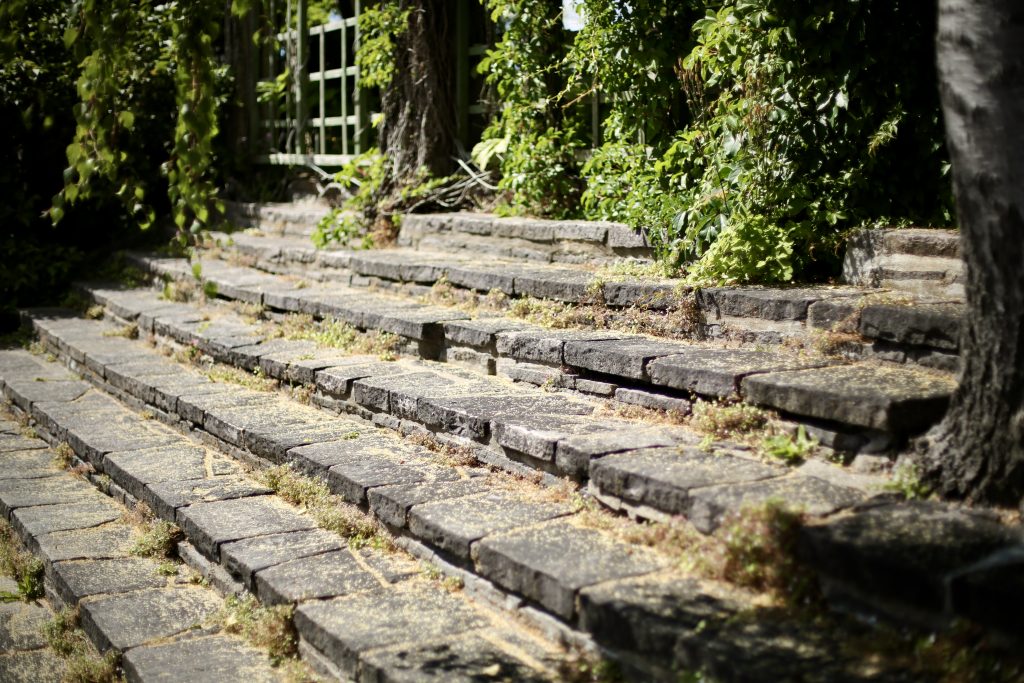
Cymbalaria muralis grows on the steps of Olga’s Terrace.
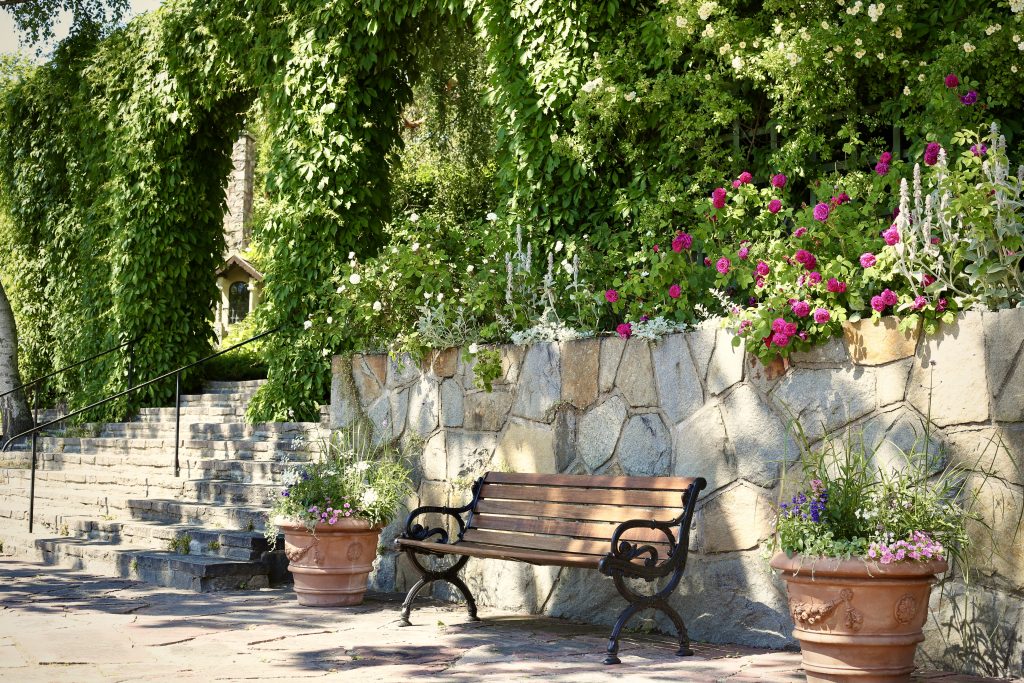
Olga’s Terrace, Carl Milles tribute to his Austrian-born wife. Olgas was an artist, too; she was a painter.
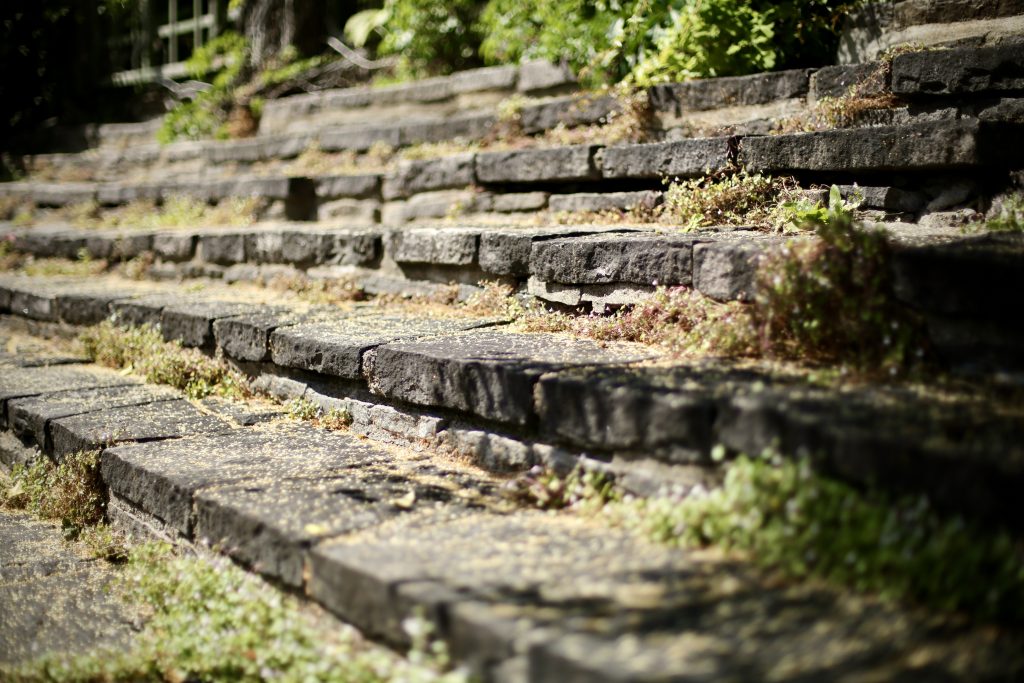
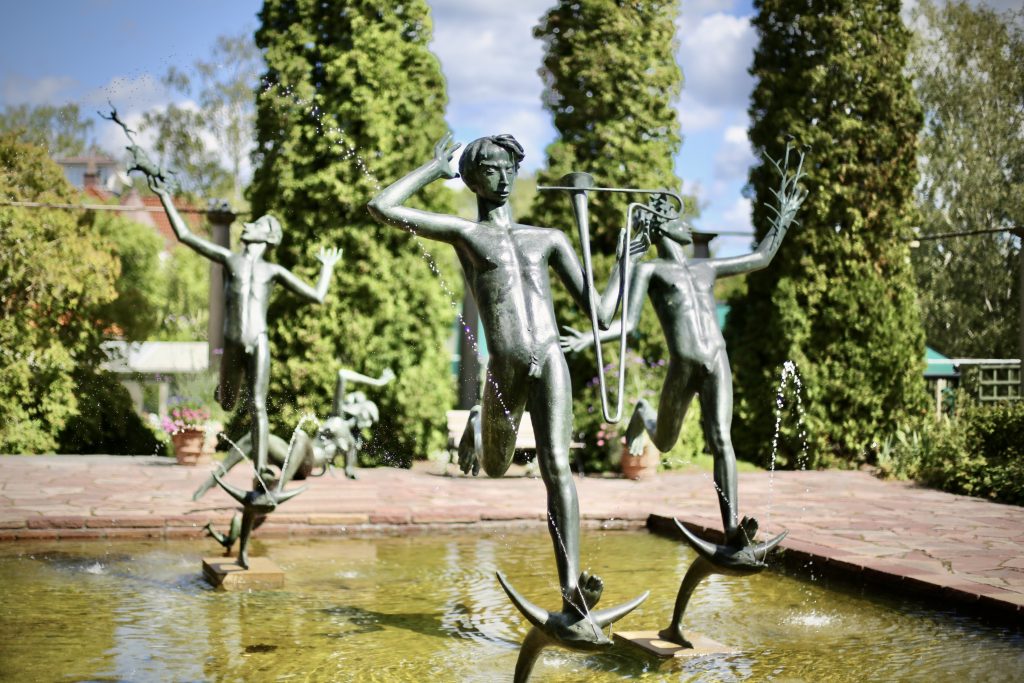
The Aganippe Fountain (1955). The indoor fountain was created for the Metropolitan Museum but has later been moved to Brookgreen Gardens (South Carolina). I like how Milles re-interpreted the Greek myth and changed the muses, typically portraited as women, to young boys.
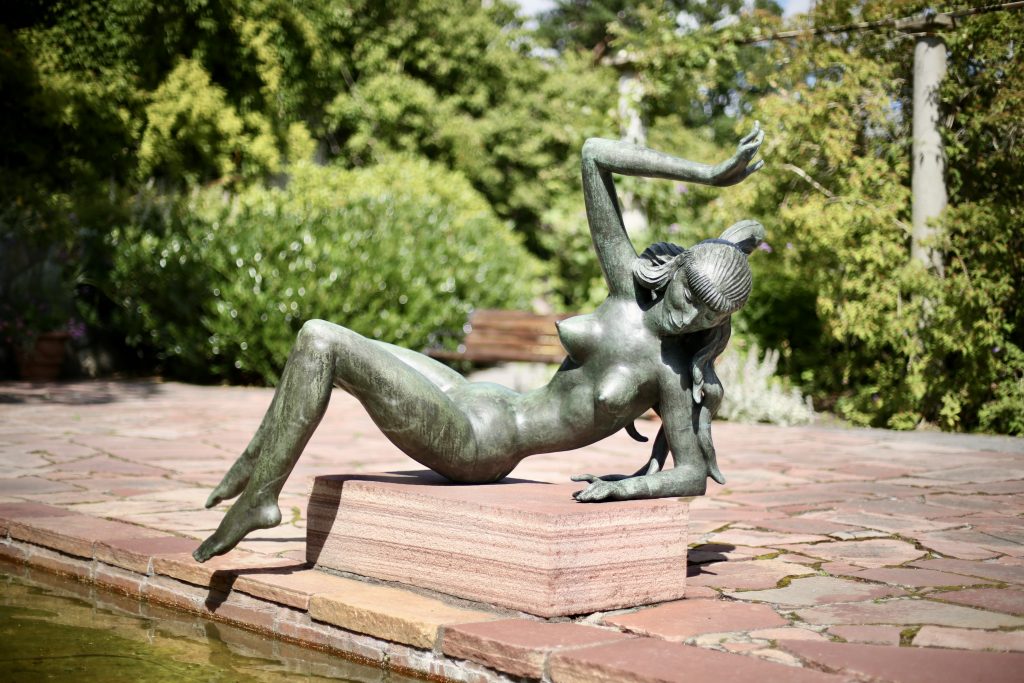
The Water Nymph, part of the The Aganippe Fountain.
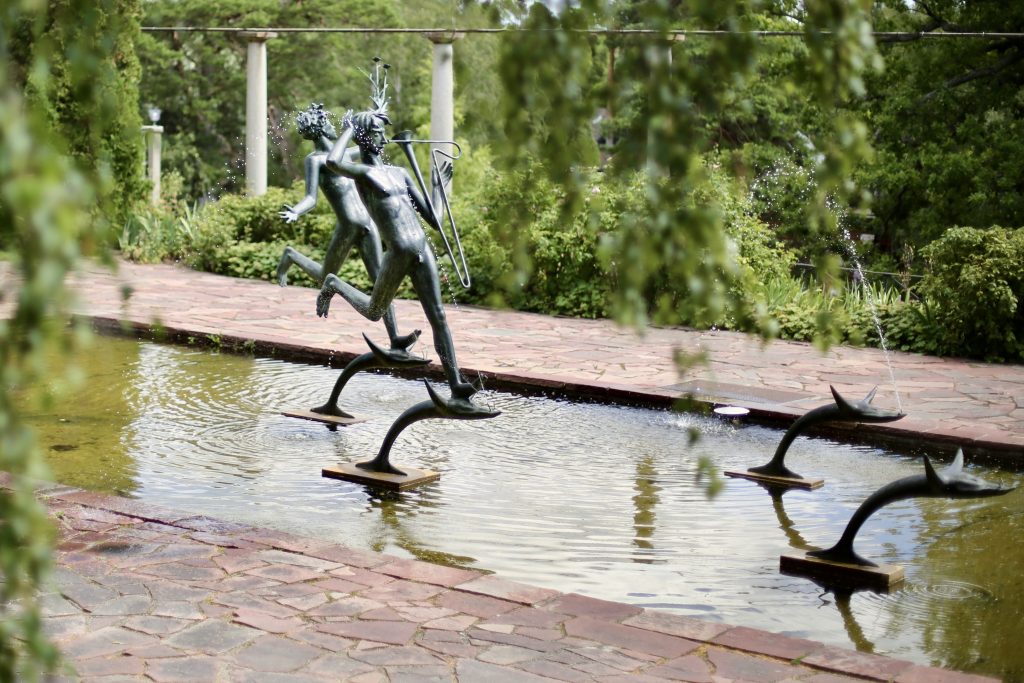
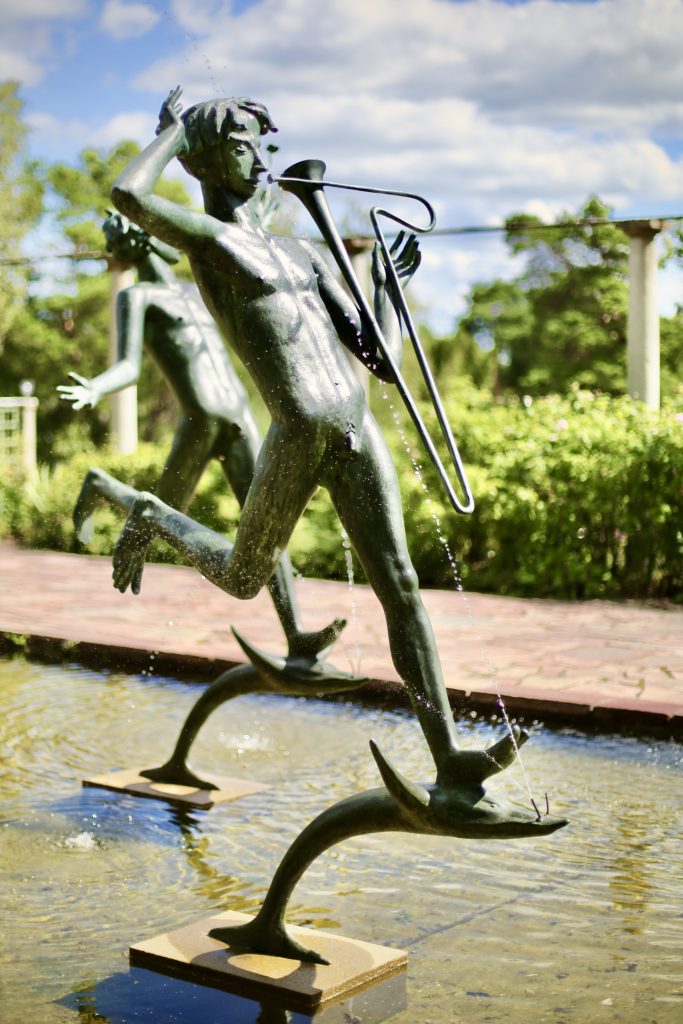
The Aganippe Fountain: the musicians (and in the background, the painter).
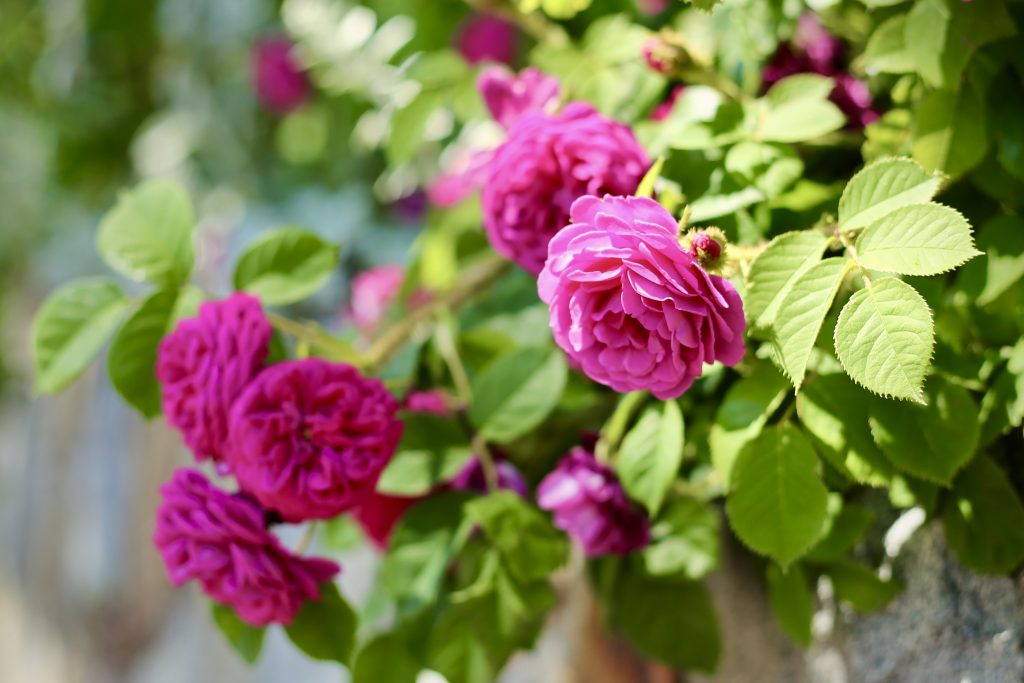
Rose is a is a rose is a rose. (Gertrude Stein)
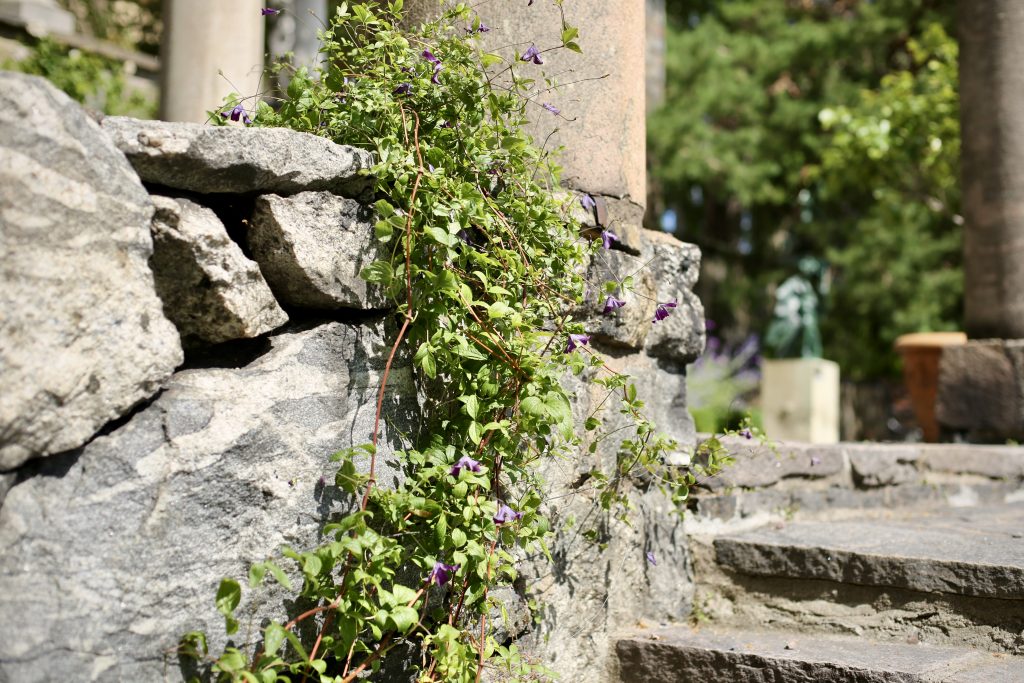
Small flowered clematis on the upper terrace.

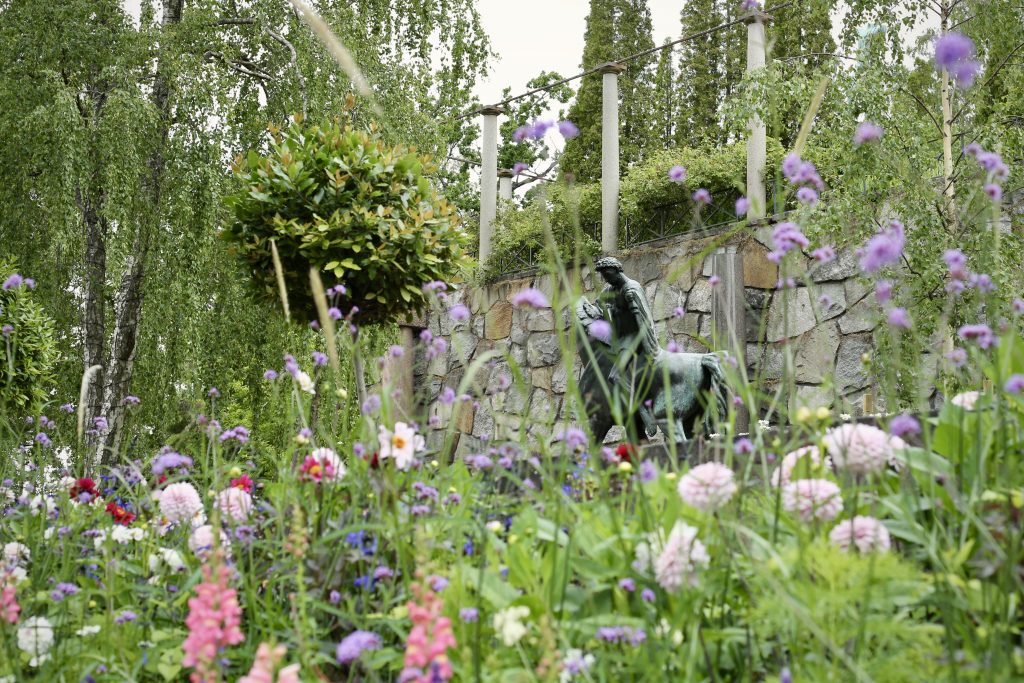
The wonderful flower beds on the Lower Terrace with St. Martin sharing his mantle with a beggar in the background. St. Martin’s statue is part of the St. Martin Fountain from 1955, Carl Milles’ last completed work of art.

The flowerbed has been created by Ulf Nordfjell, a well-known Swedish garden designer. The theme this year is Bumblebees and bees go pink.
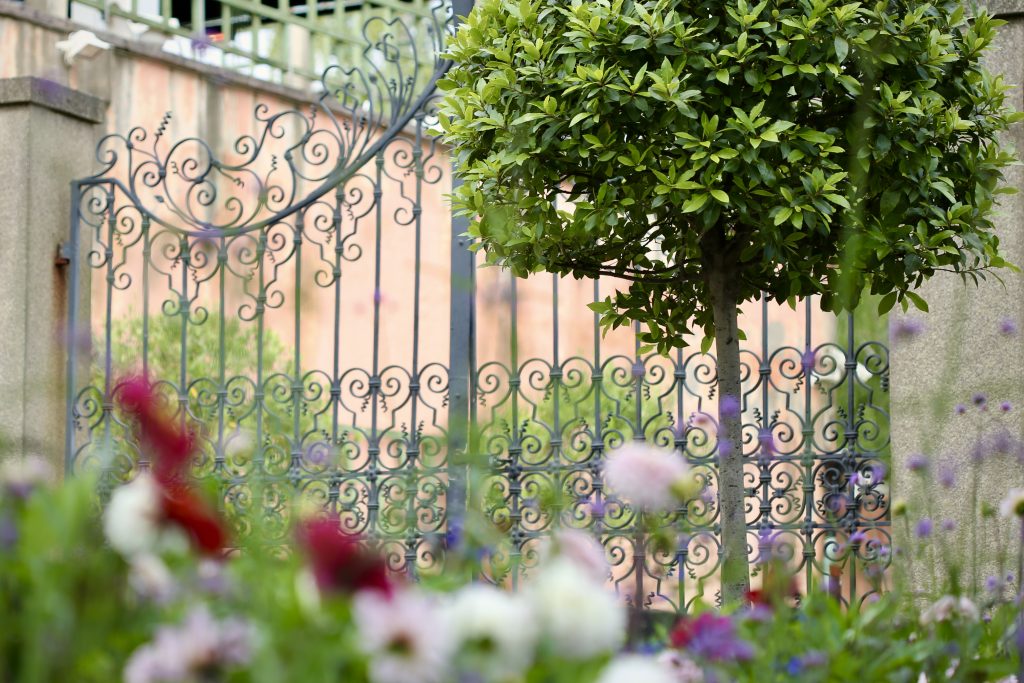
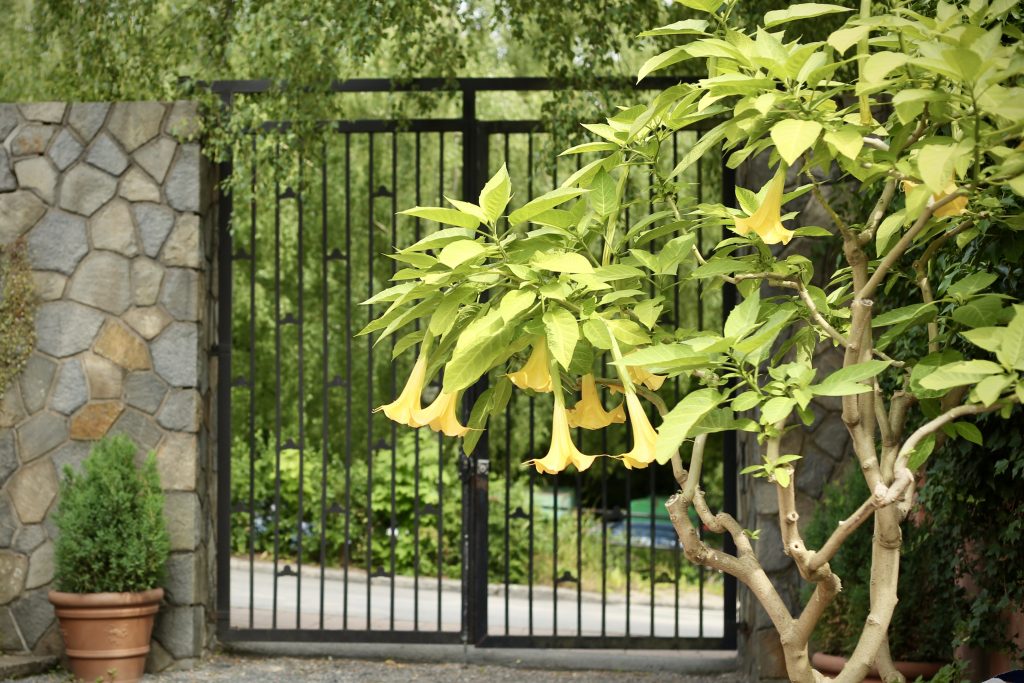
You have no idea how hard it was to take this photo. This is a small service area, and water hoses, buckets, wheelbarrows, or other garden tools are very often strewn about. This time there were two wheelbarrows and one huge waste bag (the kind of bag that has to get picked up by a truck due to its weight).
It is a quite pleasant spot when not encumbered with wheelbarrows and the like, and I really wanted to capture it. I know that many people would just retouch the photo and remove the stuff, but that’s not me. I like a challenge and making the most of what there is, not create an illusion. I also think that creating those composite photos, adding bits and pieces to create one fantastic image, is not what photography is about. As all artists know, creativity thrives on constraints.
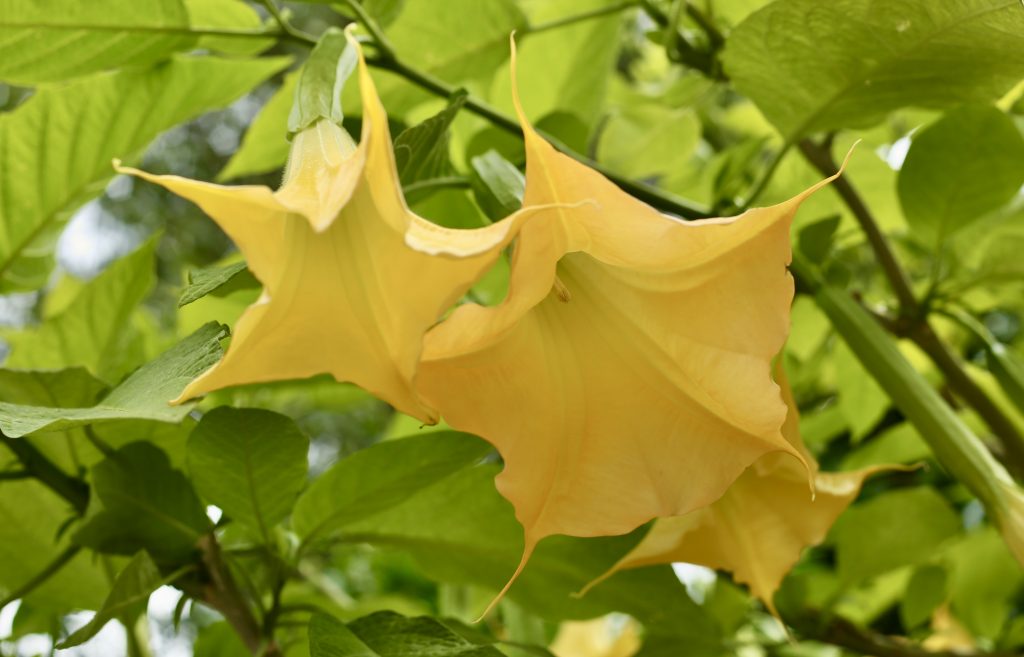
The large flowers of angel’s trumpets Brugmansia suaveolens. All Brugmansia species are amongst the most toxic of ornamental plants!

Lemon trees in front of Anne’s house, a two-room house built by Carl Milles for his secretary.
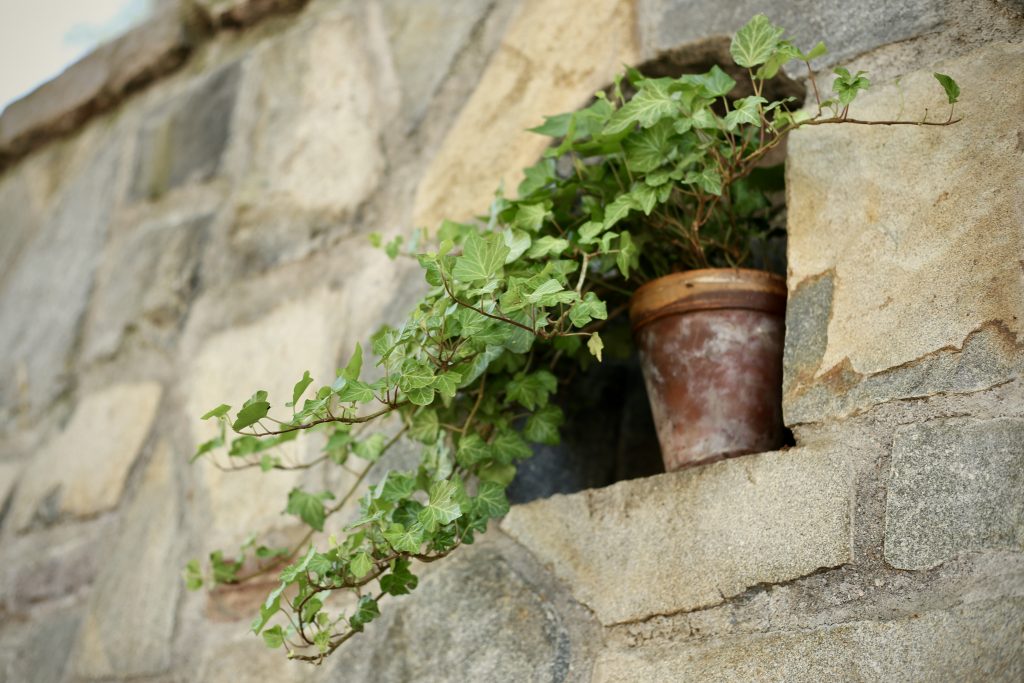
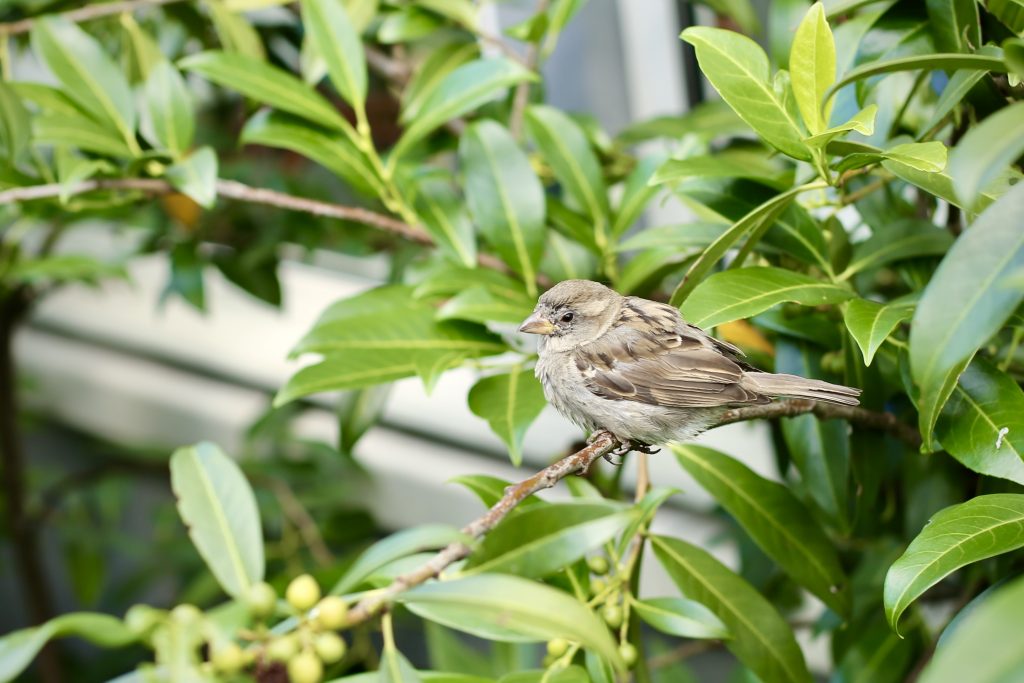
I’ll stop here for now (congratulations if you’ve made this far!), but you can be sure there’ll be more Millesgården posts on this blog.
In the meantime, stay safe, stay healthy, and soldier on. And don’t forget to laugh.
If you liked this post, share it on your preferred social network or forward it to a friend.